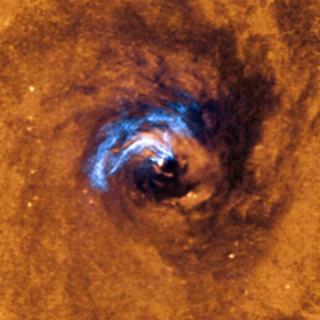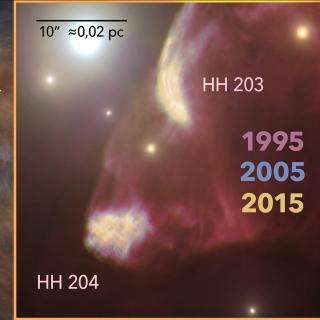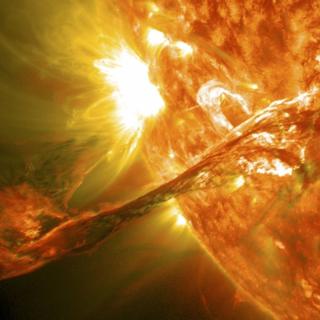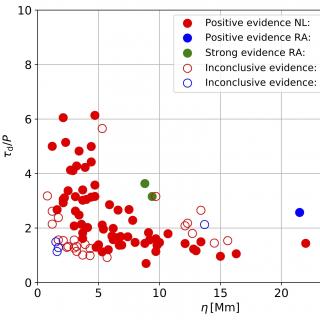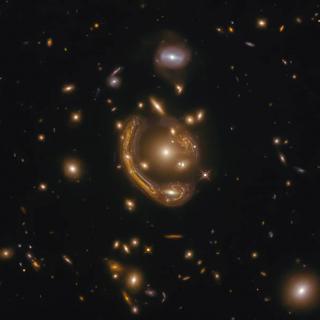
In December 2020 a team from the European Space Agency (ESA) published an image taken by the Hubble Space Telescope (HST) of GAL-CLUS-022058s, the biggest and one of the most complete Einstein rings discovered, situated towards the southern hemisphere constellation of Fornax. Since then, those observations have been used to develop a model of gravitational lenses which has enabled the study of the physical properties of the amplified galaxies.

